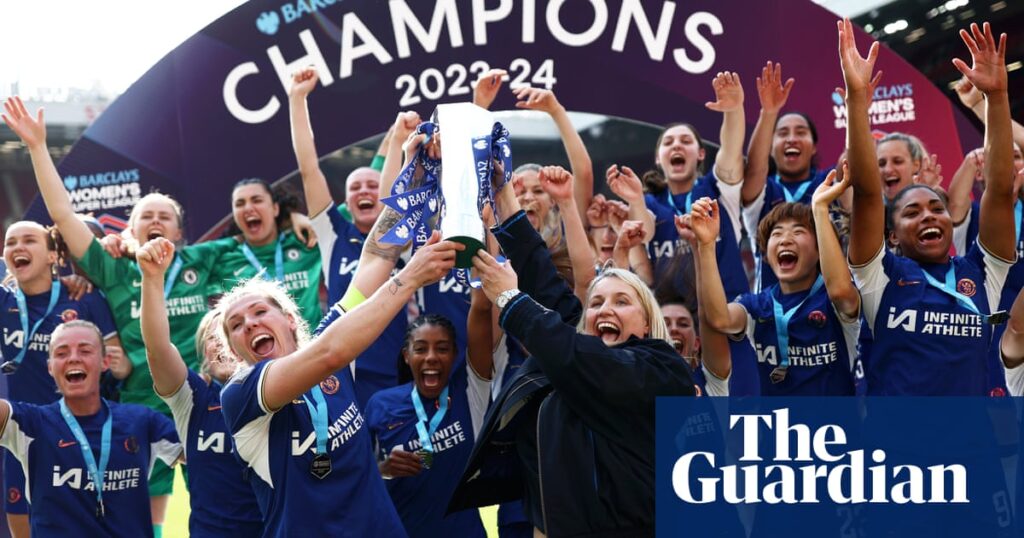Football News: WSL Clubs See Record Revenue Increase, Losses also Rise
In a significant development for women’s football, the Women’s Super League (WSL) clubs have reported a remarkable 50% increase in their combined revenues for the 2022-23 campaign, compared to the previous season. However, the clubs have also seen a rise in pre-tax losses, according to new figures from Deloitte.
The WSL clubs generated a record £48 million in aggregate revenue during the season that followed England’s historic triumph at the UEFA Women’s Euro 2022. This figure represents a substantial increase from the £32 million generated in the previous season, and more than double the £20 million recorded in 2020-21.
The top four revenue-generating clubs – Arsenal, Chelsea, Manchester City, and Manchester United – were responsible for 66% of the revenue for the 12-team division.
Deloitte forecasts that WSL revenues exceeded £50 million during the campaign that concluded last month, although the clubs will not be required to publish their financial accounts for the 2023-24 season until next year. Looking ahead, Deloitte projects that for the 2024-25 campaign, the first under the management of NewCo (the entity set to run the top two leagues), the revenue figure is expected to reach £68 million.
The report also reveals that wages in the WSL encompassed 75% of revenue, reaching £36 million – a 45% increase from the previous season’s £25 million. The “big four” clubs accounted for more than half of the league’s spending on wages.
Despite the impressive revenue growth, WSL clubs’ pre-tax losses climbed to £21 million in 2022-23, up from £14 million in the previous term.
Jenny Haskel, the knowledge and insight lead in Deloitte’s sports business group, emphasized the importance of driving a loyal fanbase, habitual viewing, and distinct commercial partnerships as key priorities for WSL clubs in the 2022-23 season. She noted that the league is still in the early stages of growth, and collaboration between NewCo, clubs, and other stakeholders will be crucial in growing the popularity, standards, and visibility of women’s football in England.
🔗 Source
